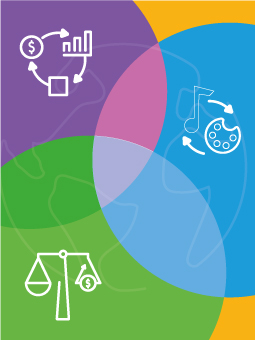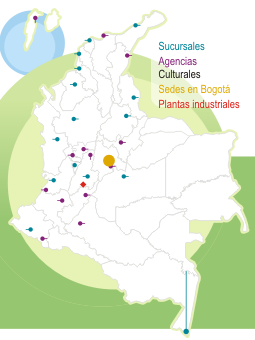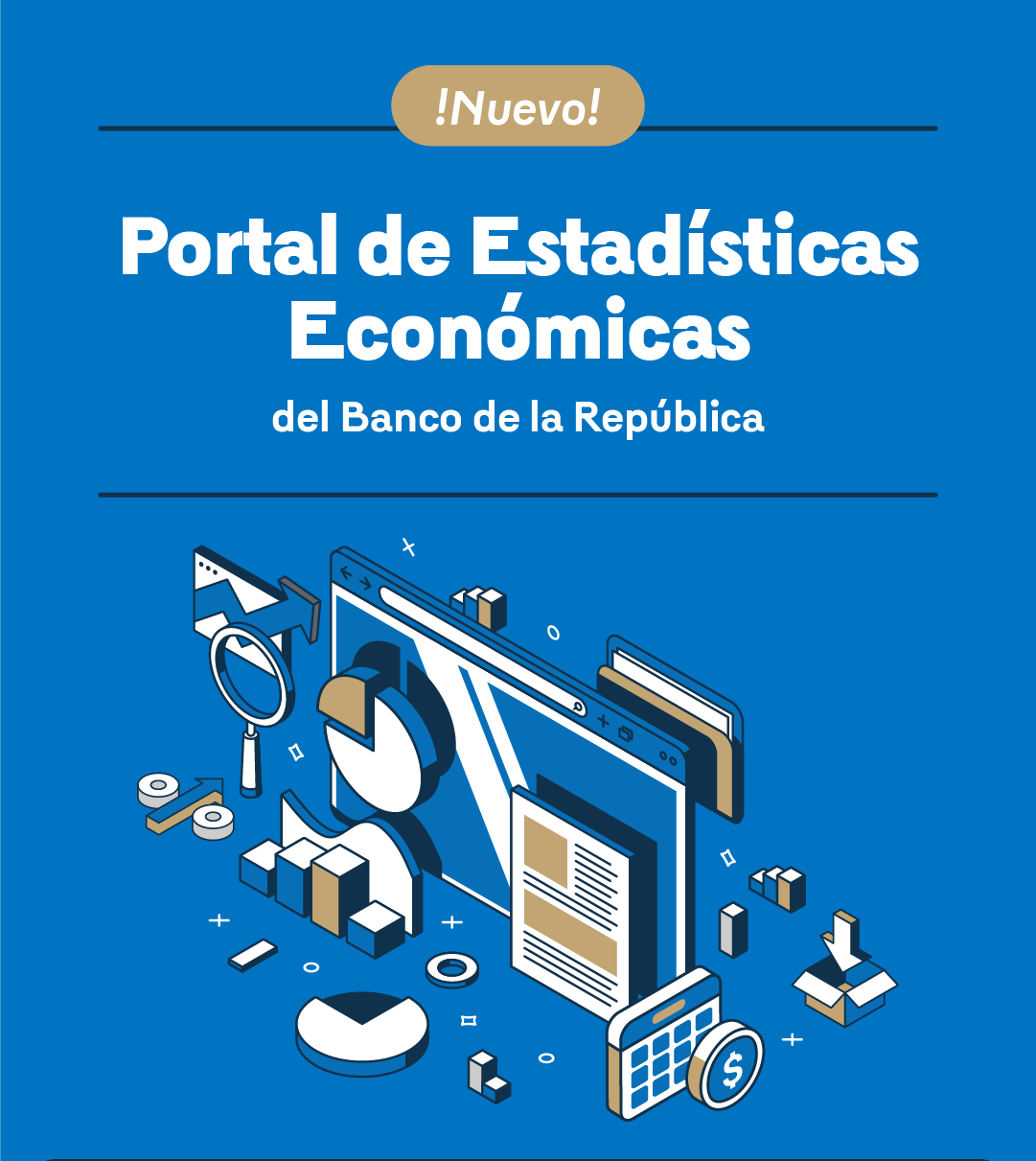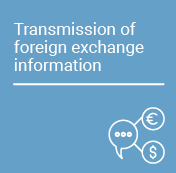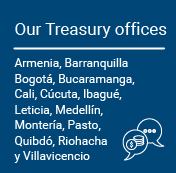Servicios
|
This paper analyses the role of a costly financial system in the transmission of monetary policy. The new-keynesian model for a small open economy is extended with a simple financial system based on Hamann and Oviedo (2006). The presence of the financial intermediation naturally allows the…
|
|
Since: 2009 | Periodicity: Quarterly
|
|
This paper has as main objective to build a composite metric of financial soundness for the private corporate sector in Colombia. Instead of relying on the individual and sometimes restrictive financial ratio analysis approach, the purpose of this document is to provide a single metric aimed at…
|
|
An interacting network coupling financial institutions’ multiplex (i.e. multi-layer) and financial market infrastructures’ single-layer networks gives an accurate picture of a financial system’s true connective architecture. We examine and compare the main properties of Colombian multiplex and…
|
|
Financial stability is understood as a situation in which the financial system (institutions, markets, and infrastructures) complies with three characteristics:
|
|
Translation available since: 2002 | Periodicity: Semesterly
|
|
The analysis presented in this edition of the Report concludes that the Colombian financial system continues to maintain adequate capital and liquidity levels that are not only above the regulatory minimums, but, in the aggregate, would even be sufficient to face the materialization of extreme low-…
|
|
The main objective of Banco de la República (the Central Bank of Colombia) is to preserve the purchasing power of the currency, in coordination with the general economic policy, understood as the one intending to stabilize output and employment at sustainable long-term levels. The proper…
|
|
The Colombian financial system has not suffered major structural disruptions during these months of deep economic contraction and has continued to carry out its basic functions as usual, thus facilitating the economy's response to extreme conditions. This is the result of the soundness of financial…
|
|
Poco más de un año después del comienzo de una pandemia global, esta edición del Reporte de Estabilidad Financiera ofrece un balance del papel del sistema financiero en la respuesta de la economía colombiana a la emergencia sanitaria, así como un análisis de su situación de cara a la recuperación…
|
|
The special financial stability reports are published currently with the Financial Stability Report and provide a more detailed analysis of some aspects and risks relevant to the stability of the Colombian financial system: market liquidity risk, market risk, credit risk, debt burden, real estate…
|
|
Abstract
This study evaluates the financing mechanisms of the healthcare system, differentiating between resources of fiscal, parafiscal, and other origins used primarily to cover the costs of the contributory and subsidized health regimes. In recent years, the sector has faced financial and…
|
|
Central National Government (CNG)
This section presents two sets of information about income, expenses, interest, fiscal deficit (-) or fiscal surplus (+), and domestic and external funding for central national government (CNG) under two methodologies:
|
|
Non-Financial Public Sector (NFPS)
This section presents two sets of information about income, expenses, interest, fiscal deficit (-) or fiscal surplus (+), and domestic and external funding for non-financial public sector/1 under two methodologies:
|
|
Non-Financial Public Sector (NFPS)
This section presents two sets of information about income, expenses, interest, fiscal deficit (-) or fiscal surplus (+), and domestic and external funding for non-financial public sector1 under two methodologies:
|
|
Non-Financial Public Sector (NFPS)
This section presents two sets of information about income, expenses, interest, fiscal deficit (-) or fiscal surplus (+), and domestic and external funding for non-financial public sector1 under two methodologies:
|
|
Treasury Bonds
Formats
Treasury Bond
|
|
The opinions contained in this document are the sole responsibility of the author and do not commit Banco de la República or its Board of Directors.
|
|
This paper provides evidence on the positive role of fiscal decentralization on regional economic growth in Colombia since the promulgation of the Political Constitution of 1991. The empirical strategy involved the choice of a suitable estimator for the panel data approach, the Augmented Mean Group…
|
|
Abstract
Using a computable general equilibrium model calibrated for 2019, shocks of various characteristics to the minimum wage are simulated to establish the effects on the nation's fiscal accounts. This document is a pioneer in that analysis. The evidence suggests adverse effects of increases…
|
|
The opinions expressed in this document are those of the authors and do not necessarily reflect the views of Banco de la República or its Board of Directors..
ABSTRACT
|
|
Fiscal multipliers are different across countries and according with economic circumstances. The studies about the effect of a government spending shock on output have focus their attention on the behavior of consumption. However, the crowding out of investment is also an important matter of study…
|
|
Abstract
In this paper we extend the economic model used in Parra et al. (2020) to incorporate two significant groups that were not included in the original analysis: people who are retired with pension equivalent to the minimum wage and those who do not fulfill pension requirements and therefore…
|






